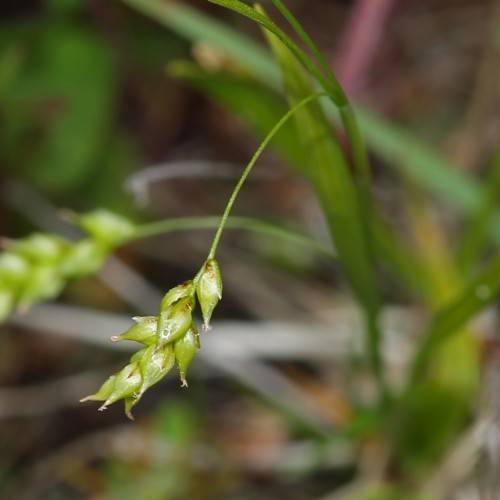
Pubescent Sedge
Carex hirtifolia
Also Known As - Hairy Sedge,Hairy Wood SedgeWatering:
Average
Hardiness Zone:
Flowers:
Flowers
Sun:
Partial Shade
Soil:
Sand, Loam, Humus Enriched
Leaf:
Yes
Growth Rate:
Low
Drought Tolerant:
Yes
Salt Tolerant:
Yes
Care Level:
Medium
watering
Hirsute Sedge should be watered moderately and consistently during its growing season. It should be watered deeply and thoroughly about once a week. During the hottest and driest parts of the summer, it may need more frequent watering up to 2 or 3 times a week. In the spring and fall, watering is not as important and can be reduced to about once a month. In the wintertime, Hirsute Sedge shouldbe watered only when the soil becomes completely dry.
sunlight
Hirsute Sedge is a generally low-maintenance, drought-tolerant plant species that thrives in sunny locations. This plant species typically prefers areas that receive at least 6 hours of full sun, preferably in the morning. During warm summer days, the sedge will also tolerate some light shade in the afternoon. Full or partial shade is encouraged during the hottest part of the day to prevent potential scorching or wilting of the leaves. In colder regions, it is best to provide some shelter from strong winds to prevent winter damage.
pruning
Hirsute Sedge should be pruned once a year in late fall or early winter when it is completely dormant. To do this, cut out dead foliage using pruning shears. Cut the stems back to ground level and discard the removed foliage. Pruning the dead foliage helps encourage fresh new growth in the spring. After pruning, cut wider sections of the plant back to 4-6 inches from the ground to encourage thicker and fuller growth.
